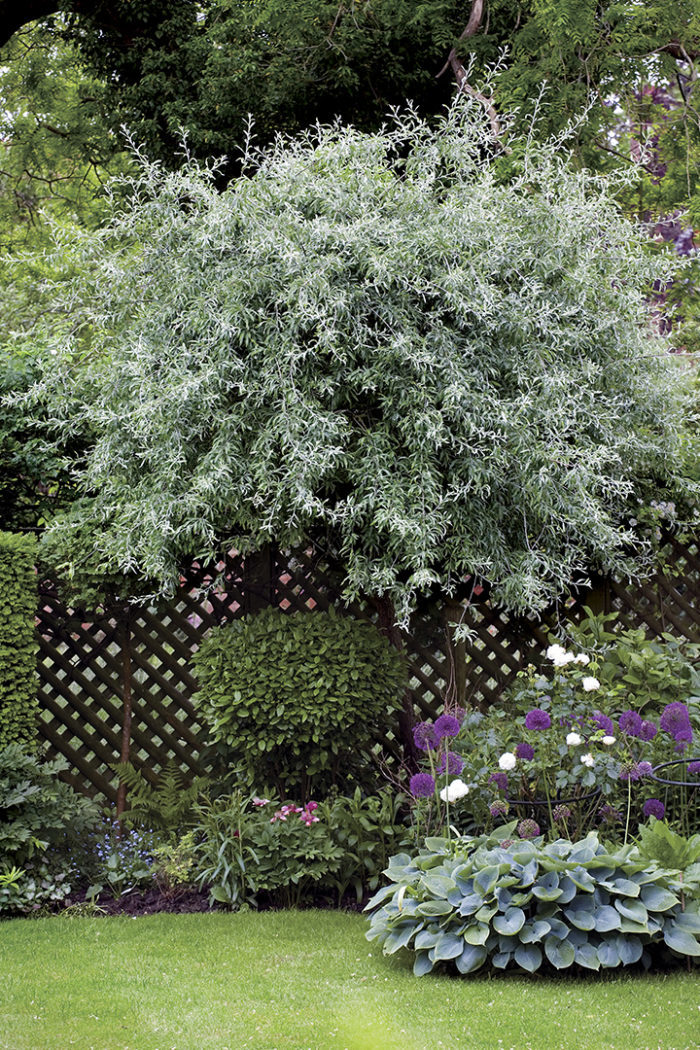
A tiny shady spot in need of year-round structure: This is a scenario that gives even the most seasoned gardener nightmares. But areas like this are in every landscape—whether it’s under the roofline of a house or under a massive oak tree in the backyard. Finding compact trees that don’t need a ton of sun, though, is nearly impossible, right? Not true, as I discovered. During my many years working as a garden designer in Seattle, I was constantly being asked by clients to find trees that would fit into the smallest of shady spots. And as I discovered when I moved out into the country with more land than I knew what to do with, I, too, would need small shade-loving trees as understory plants. Through years of trial and error, I’ve luckily found a select group of trees that can help enhance any cramped and shady situation.
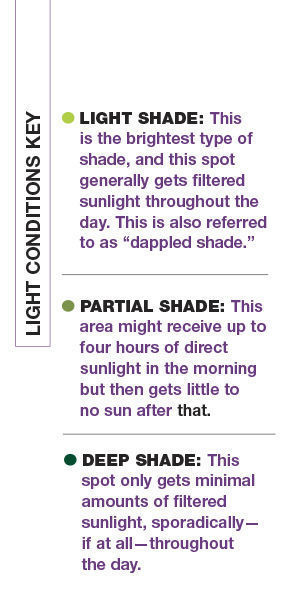
Short and Plump
This is the perfect tree shape for under power lines, beneath an overhang, or below larger plants. Trees for these spots need to be small but can have some girth and don’t mind root competition.
Weeping willow–leaved pear always adds some shimmer
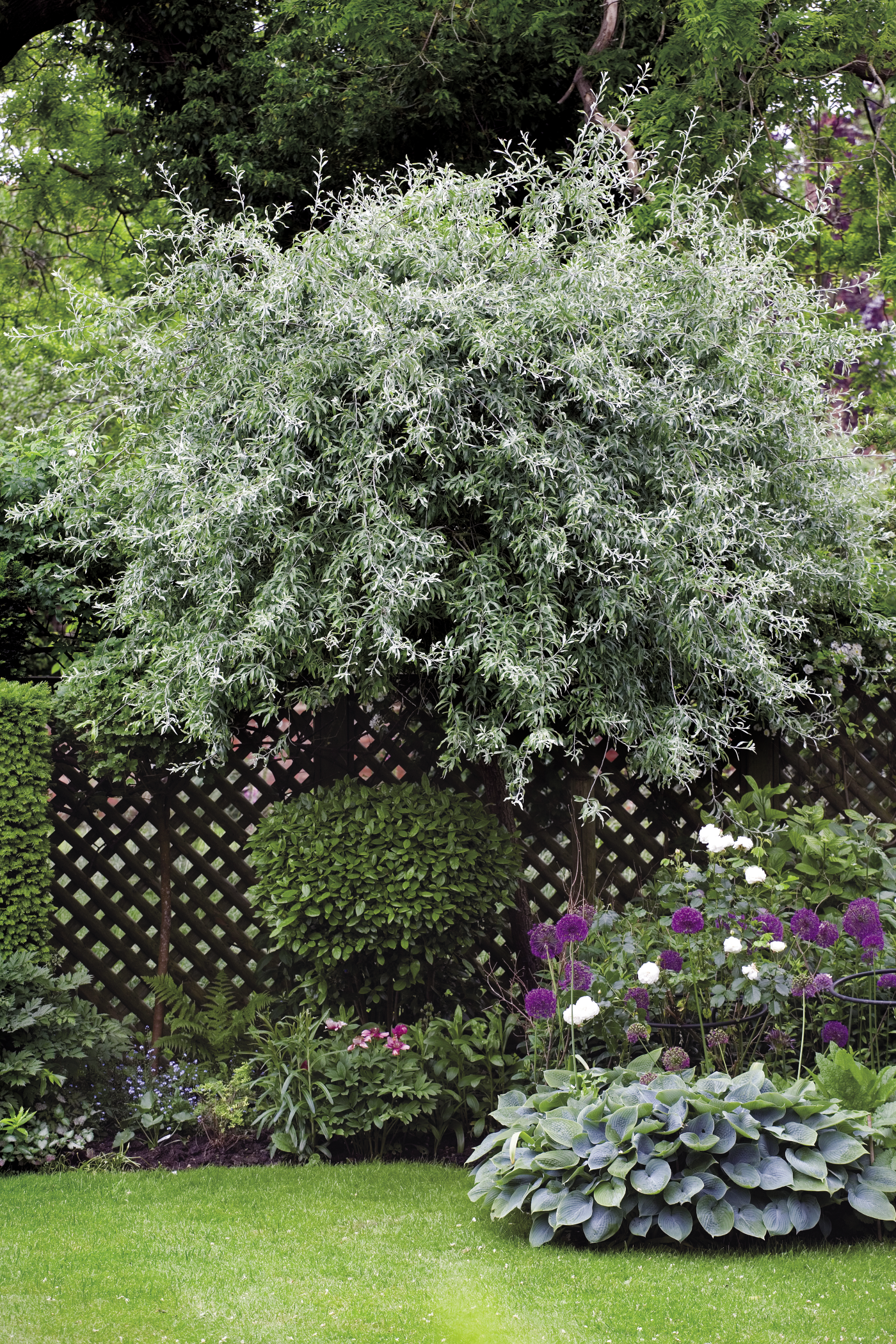
Pyrus salicifolia ‘Pendula’
With the recent surge of interest in trees having golden or purple foliage, it’s easy to forget that there are other options. The addition of silver-leaved trees and shrubs can enliven any color scheme while injecting some much-needed sparkle. The weeping willow–leaved pear has a soft metallic sheen and delightful pendulous habit, which makes it a unique understory option. Delicate white blossoms open in spring just before the foliage emerges. This slow-growing, dome-shaped tree would be truly stunning under a group of white-barked Himalayan birch (Betula utilis var. jacquemontii, Zones 5–7) or as a focal point beneath a stand of taller, dark green evergreens, which would allow the silvery foliage to really shine.
USDA Hardiness Zones: 4 to 7
Size: 20 feet tall and wide
Conditions: ![]() Well-drained soil
Well-drained soil
‘Golden Glory’ Cornelian cherry blooms very early
Cornus mas ‘Golden Glory’
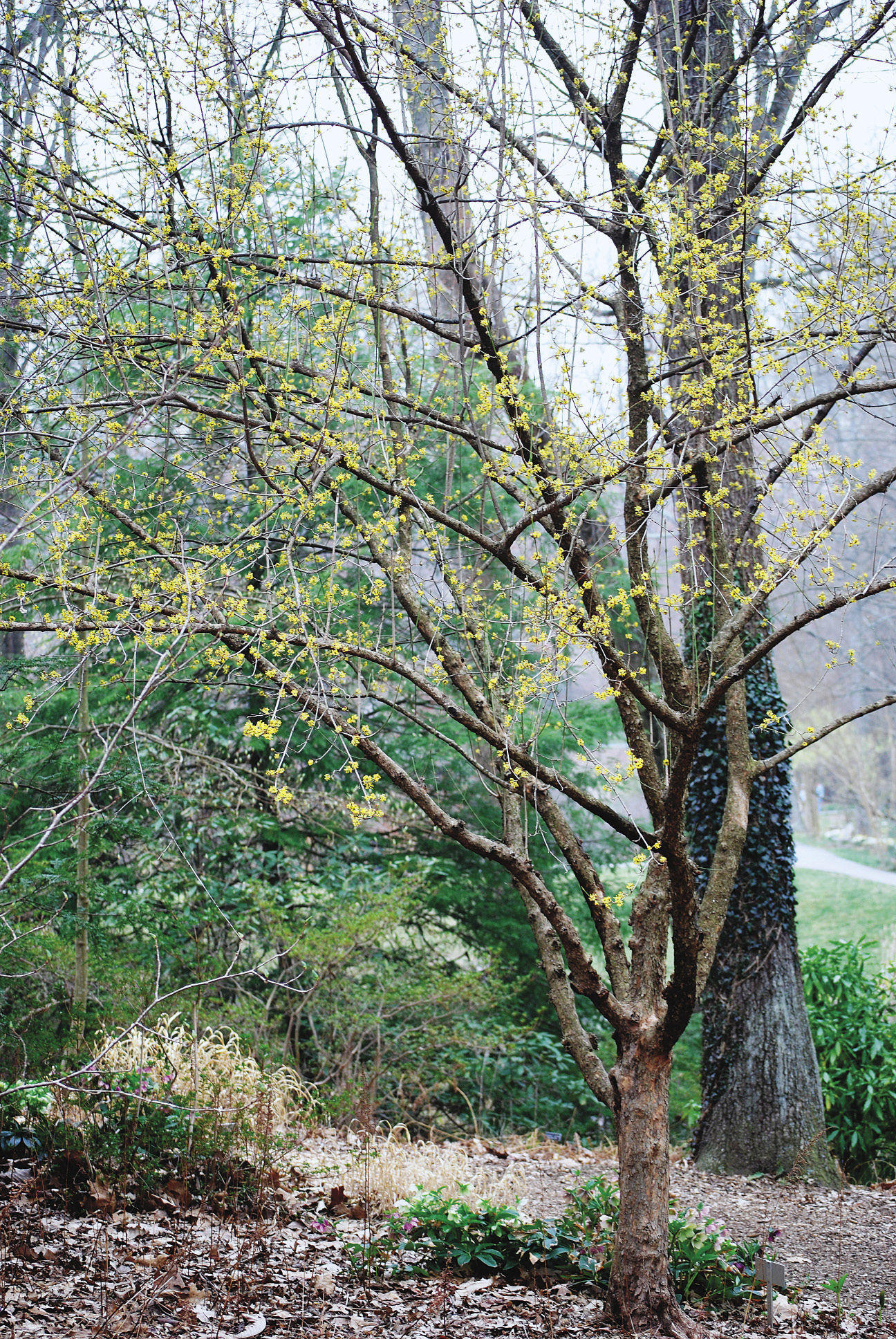
This great underutilized tree can be grown as a large multistemmed shrub or single-stemmed specimen tree. In early spring, the bare branches of ‘Golden Glory’ Cornelian cherry are adorned with small starlike yellow flowers. If you have two or more trees around for cross-pollination, the blooms are followed by scarlet berries in fall, which provide an invaluable winter food source for birds. Cornelian cherries are remarkably hardy, drought tolerant, and pest resistant, which make them outstanding low-maintenance trees.
Zones: 5 to 8
Size: 10 to 15 feet tall and wide
Conditions:![]()
![]() Moist, well-drained soil
Moist, well-drained soil
Mountain hemlock gives the garden a woodsy feel
Tsuga mertensiana
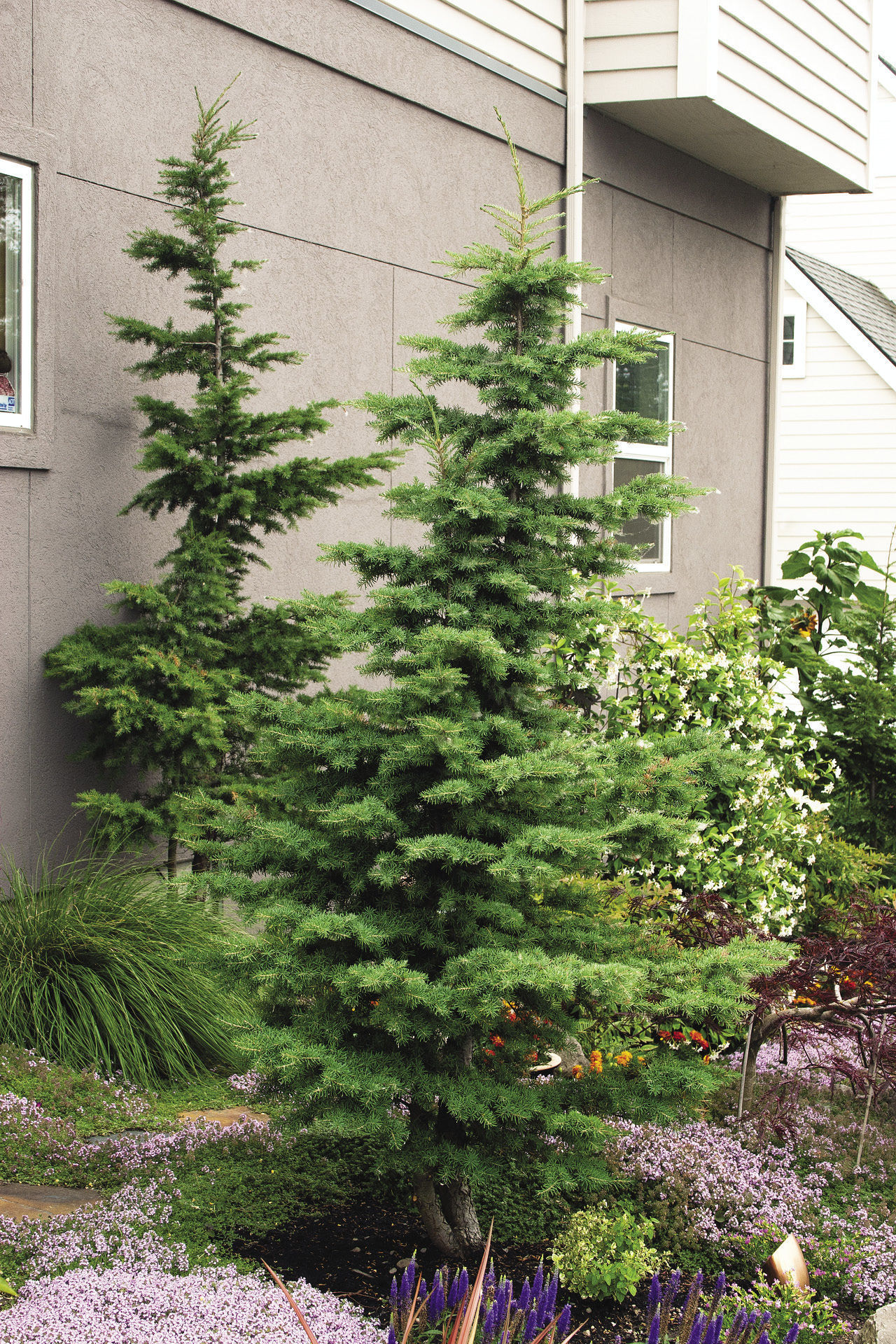
Of all the native trees in our garden, western hemlock (T. heterophylla, Zones 6–8) is my favorite, with its short tufty needles in soft blue-green. The tree has a unique appearance due to the uneven length and spacing of the needles along its branches. This tree, though, gets up to 150 feet tall and 70 feet wide, so it is clearly not the tree for everyone. The perfect alternative is mountain hemlock, which has the same feathery elegance and slightly drooping branches but at a significantly smaller size. Its habit makes it more suited to an understory location in residential landscapes. In its native subalpine habitat, this majestic tree can attain towering heights, but at lower elevations, a smaller size is more typical. For gardens that back up into areas of natural forest, mountain hemlock is an excellent transitional tree to bridge the gap between well-planned beds and the giants beyond.
Zones: 6 to 8
Size: 20 feet tall and wide
Conditions: ![]() Moist, rich, well-drained soil
Moist, rich, well-drained soil
‘Red Wood’ Japanese maple is a miniature version of a classic beauty
Acer palmatum ‘Red Wood’
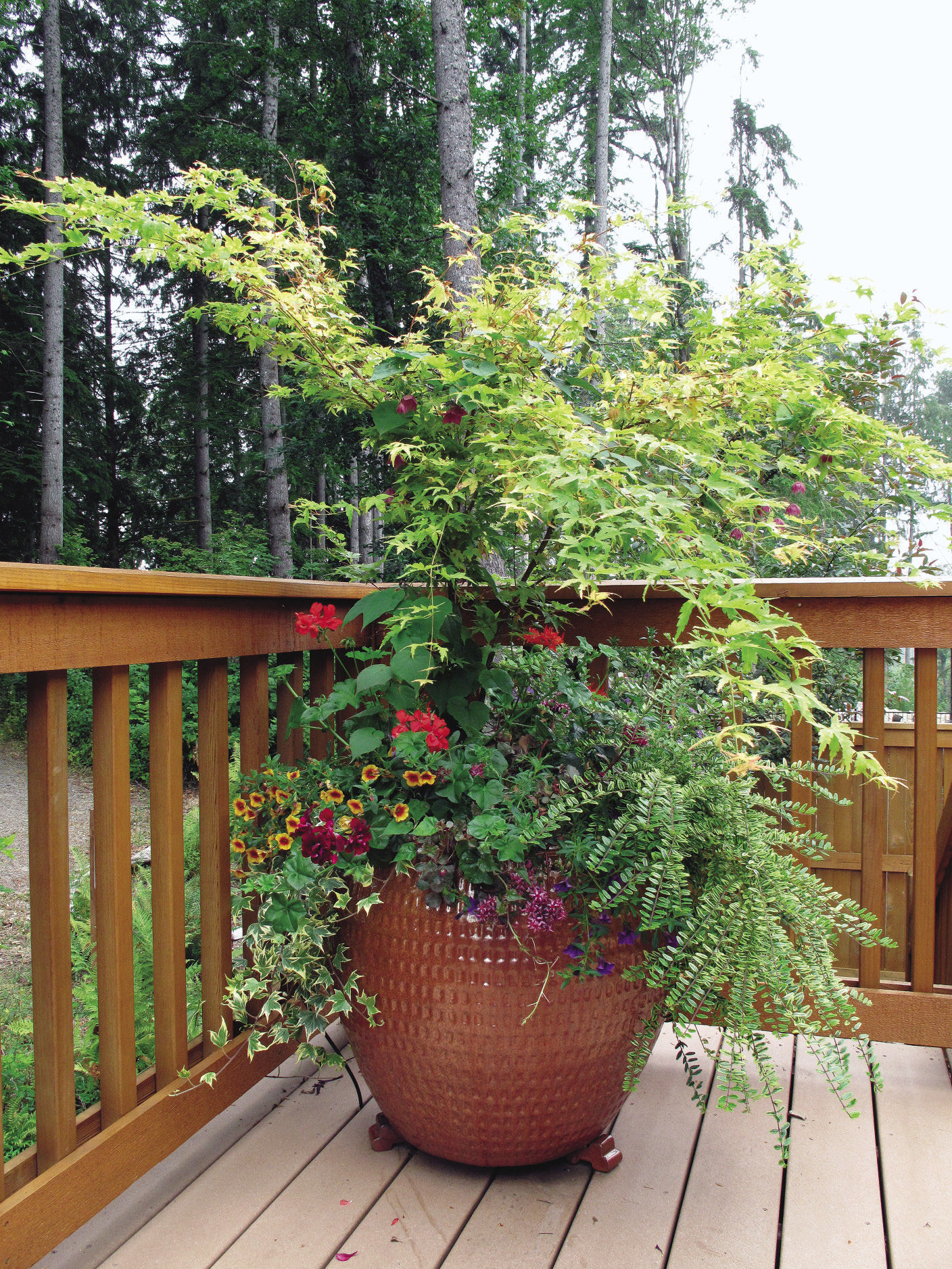
When it comes to gorgeous trees, there are few as popular as coral bark Japanese maple (A. palmatum ‘Sango-kaku’, Zones 5–9), but not everyone has room for its mature height and spread of 25 feet or more. A fabulous alternative is ‘Red Wood’ Japanese maple, which offers all the same attributes but at half the size. In spring, its soft green foliage (held on fine red stems) unfurls. Then, in fall, the canopy turns to shades of gold tinged with pink. ‘Red Wood’ is perhaps best known, however, for its bright red bark—a winter highlight. I like to use this dwarf tree in a container, where it offers year-round interest and is a perfect way to bring color to a site partially shaded by surrounding trees. Whether it’s in the ground or in a pot, be sure to keep the surrounding plantings low so that you don’t restrict the view of its colorful bark.
Zones: 5 to 9
Size: 12 feet tall and wide
Conditions:![]()
![]() Moist, well-drained soil
Moist, well-drained soil
‘Fox Valley’ river birch makes a statement with its bark
Betula nigra ‘Fox Valley’
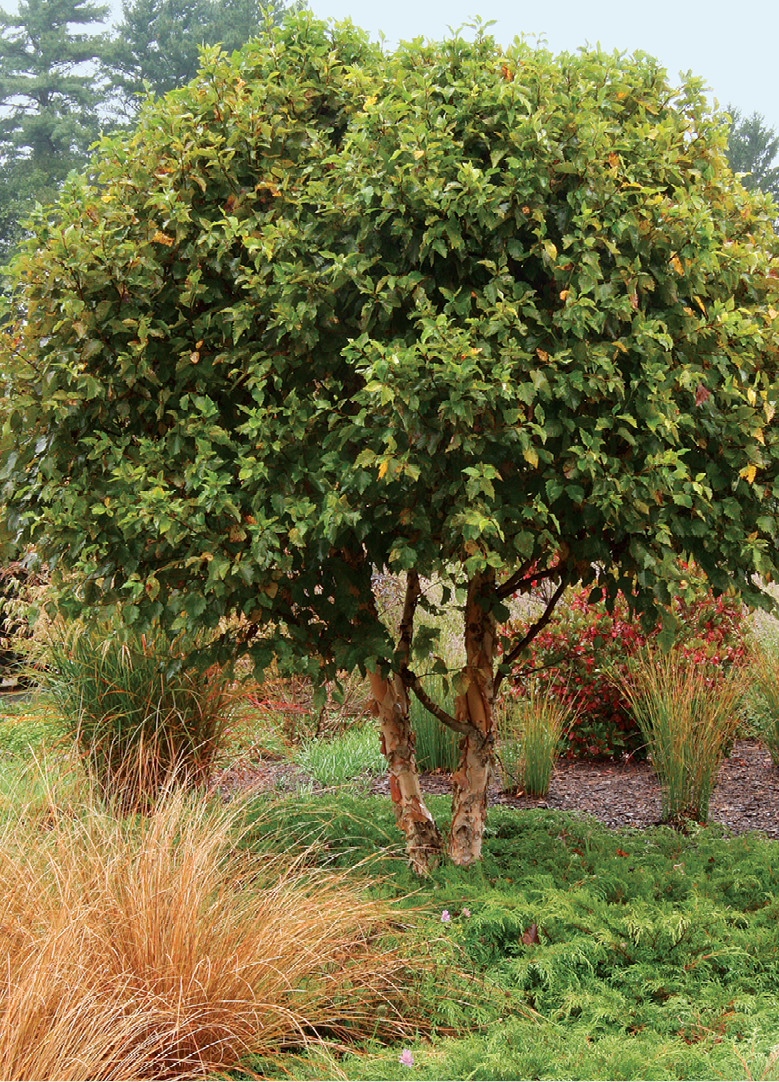
There is no denying that river birches make a dramatic statement, yet not every garden can accommodate their 40-foot height and 25-to-30-foot width. For those with small gardens, ‘Fox Valley’ river birch is the solution. This compact form, also known as ‘Little King’, has the same shaggy bark as the species, which peels away to reveal irregular patches in shades of salmon pink. Like the larger river birch, ‘Fox Valley’ is highly resistant to birch borer, is remarkably tolerant of heavy clay soils, copes with humid conditions, and is even deer resistant. Plant this multistemmed tree where its shape and exfoliating bark can be silhouetted to advantage, such as against a shady evergreen backdrop.
Zones: 4 to 9
Size: 10 to 15 feet tall and 10 to 12 feet wide
Conditions: ![]() Moist, well-drained soil
Moist, well-drained soil
Tall and Skinny
Trees with this shape can go in a narrow side yard, along a restricted property line, or against a foundation. The selections that are best suited for these tricky spots have a small footprint but can still be quite tall.
There is nothing as beautiful as a cherry tree in full bloom, its delicate petals drifting slowly to the ground like pink and white confetti. For many of us, this tree conjures up images of wide spreading beauties lining a riverbank or set in a public park. Such evocative memories make many of us want a cherry tree or two in our landscapes, despite not having enough space. The flagpole cherry solves this dilemma, offering those iconic springtime blossoms on a slender tree that fits perfectly into any narrow space. A series of these beauties alongside a pathway creates a wonderful sense of rhythm, while closer planting results in a delightful hedge or screen. I have also used one as a focal point in a tight corner, with a small cluster of perennials at its base. The fragrant pink flowers smother the tree early in the season, along with the new bronze-colored leaves. The foliage transitions to green in summer, before changing to an array of red and orange in fall. This columnar tree is an ideal candidate where height is needed yet only a small footprint is available.
Zones: 5 to 8
Size: 20 feet tall and 10 feet wide
Conditions: ![]() Well-drained soil
Well-drained soil
Lion’s head maple is known for its unique foliage texture
Acer palmatum ‘Shishigashira’
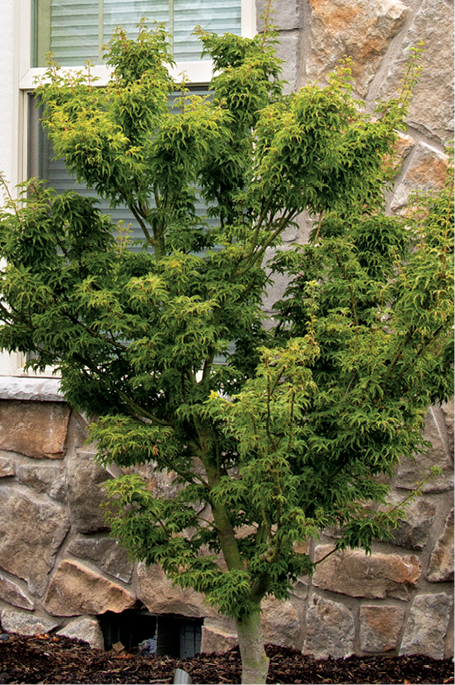
This compact maple grows very slowly. It’s an ideal size to plant close to a walkway, where you can appreciate its beauty up close but won’t need to worry about its branches obstructing the path as it matures due to its upright, vase-shaped habit. In winter, its bark is a striking smooth green. Lion’s head maple, however, is best known for its curled leaves, which have the appearance of a shaggy lion’s mane. In fall, the foliage turns to deep orange and crimson. Although perfect in narrow transitional spaces, this maple also makes a good understory plant for taller deciduous trees.
Zones: 5 to 9
Size: 7 to 15 feet tall and 5 to 12 feet wide
Conditions: ![]() Well-drained soil
Well-drained soil
‘Ruby Vase’ Persian ironwood: A star for all seasons
Parrotia persica ‘Ruby Vase’
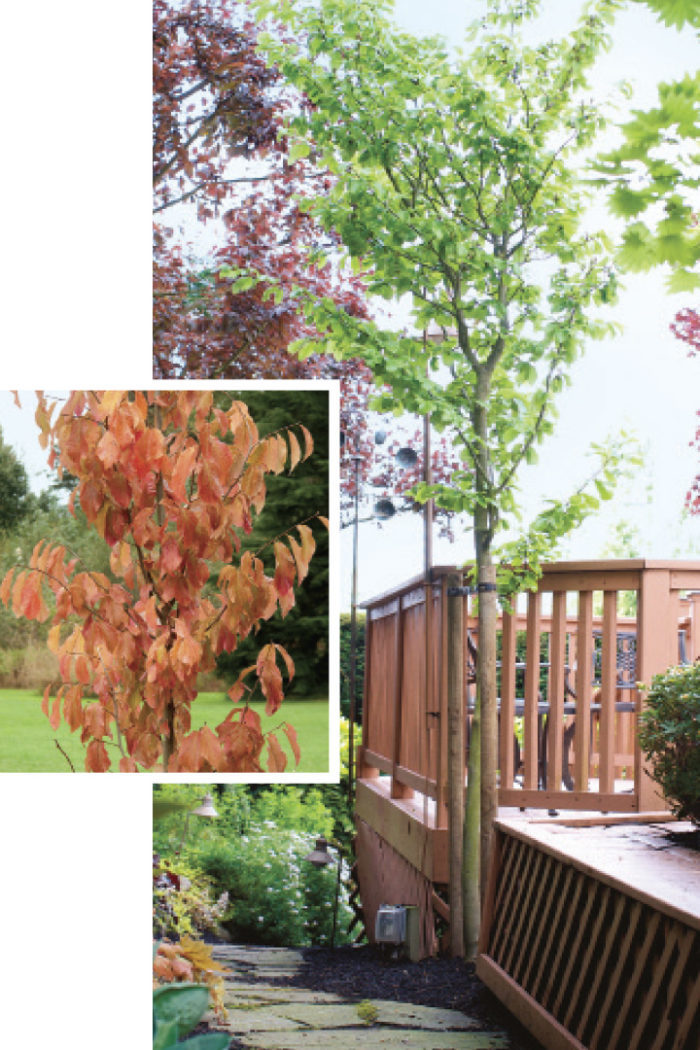
When the most attractive tree in my garden died and left a gaping hole, I saw a great opportunity. My requirements for a new tree were fairly simple: It had to be a vertical focal point and offer four-season interest—in the shade. At the nursery, my eye was drawn to the outstanding fall color of a columnar form of Persian ironwood. ‘Ruby Vase’, with its foliage in shades of burnt sugar, orange, and rich purple, was the perfect choice. Its slender profile was exactly what I was looking for, yet its beauty is not limited merely to its autumnal display. The smooth, silvery gray bark exfoliates with age, revealing an attractive mosaic of green, tan, and white, while in late winter, the tree’s bare branches are dotted with small crimson flowers (which, despite their size, can be seen even from a distance because of their numbers). The new spring growth is a distinctive ruby red, and the color is retained through early summer. This upright tree has proved invaluable in my garden for establishing height alongside a cramped, shaded path, where it provides scale appropriate to the adjacent deck while creating an attractive midpoint between the backdrop of tall conifers and lower surrounding shrubs.
Zones: 5 to 8
Size: 20 feet tall and 10 feet wide
Conditions: ![]() Moist, well-drained soil
Moist, well-drained soil
Golden Irish yew is an alternative to arborvitae
Taxus baccata ‘Fastigiata Aurea’
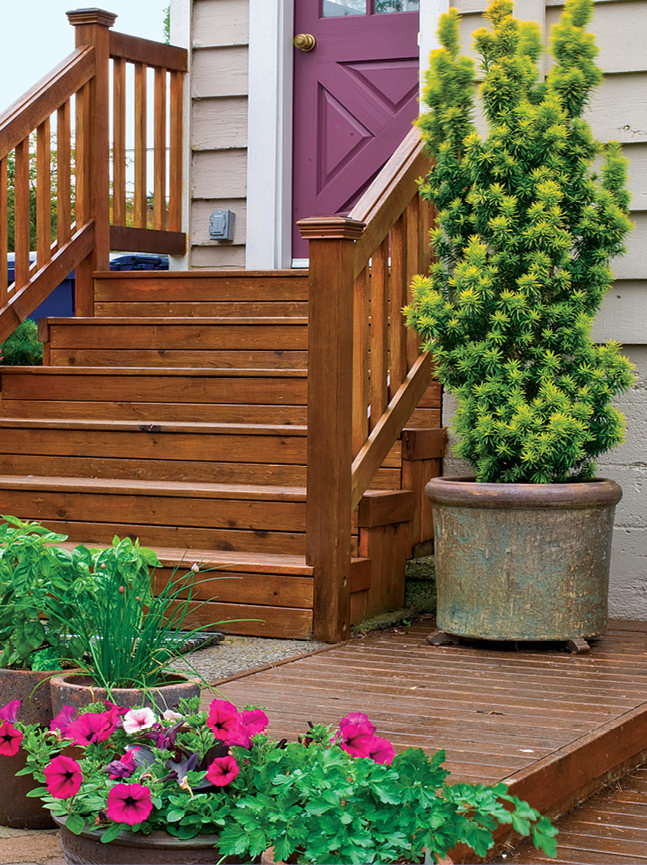
There are times when a narrow evergreen tree is a necessity—to screen utilities or to create a dense hedge, for example. But in shade, the options are usually limited to the utilitarian rather than the interesting. Golden Irish yew, however, is an extraordinary cultivar—of a rather boring genus—that is rarely seen in gardens. This plant brings a suggestion of sunshine into shady areas, while its narrow fastigiate habit is the perfect solution in tight spots. It is slow growing, takes pruning well, and will even thrive in a container. Although the foliage is brightest in full sun, the needles are an attractive light green—even in deep shade.
Zones: 5 to 7
Size: 8 to 10 feet tall and 3 to 5 feet wide
Conditions: ![]()
![]() Moist, well-drained soil
Moist, well-drained soil
A Little Prep Ensures a Healthy Tree
Planting a tree in certain tight spots—like against a foundation or under a large tree—requires a few special techniques to ensure success. Follow these tips to make sure your new tree thrives in its less-than-ideal location.

Site it where it will still get rain.
Be sure to place your new tree far enough away from the house or neighboring trees so that, at its mature width, it will still receive natural rainfall. Plant away from the eaves or at the drip line of larger trees.
Probe first to avoid major roots.
When planting under large trees, you’ll need to avoid cutting through any large roots—although smaller fibrous roots can withstand some pruning. Explore around the intended planting site using a garden fork (rather than a spade) to minimize damage when assessing a location.
Install a watering conduit.
When planting mature trees, I often sink a length of perforated PVC (polyvinyl chloride) pipe into the planting hole alongside the root ball (photo, above). This allows me to deeply water the roots at any time by pouring water directly down the pipe. Trees with up to a 2-foot-diameter root ball should only need one pipe; for trees bigger than that, use two pipes on opposite sides of the root ball. Also, if you have sandy, fast-draining soil, use two pipes. I generally leave the tubes in for at least a year.
Karen Chapman is a garden designer in Duvall, Washington, and coauthor of the forthcoming book Fine Foliage.
Photos: courtesy of Karen Chapman; Jonathan Buckley; courtesy of Brookside Gardens; Doreen Wynja; Danielle Sherry; Ashley DeLatour; Jerry Pavia
Sources
The following mail-order plant sellers offer the widest selection of the trees featured:
Forestfarm, Williams, Ore.; 541-846-7269; forestfarm.com
Greer Gardens, Eugene, Ore.; 800-548-0111; greergardens.com
Woodlanders, Aiken, S.C.; 803-648-7522; woodlanders.net
Fine Gardening Recommended Products

Ashman Garden Cultivator (1Pack)
Fine Gardening receives a commission for items purchased through links on this site, including Amazon Associates and other affiliate advertising programs.

Pruning Simplified: A Step-by-Step Guide to 50 Popular Trees and Shrubs
Fine Gardening receives a commission for items purchased through links on this site, including Amazon Associates and other affiliate advertising programs.

Buffalo-Style Gardens: Create a Quirky, One-of-a-Kind Private Garden with Eye-Catching Designs
Fine Gardening receives a commission for items purchased through links on this site, including Amazon Associates and other affiliate advertising programs.

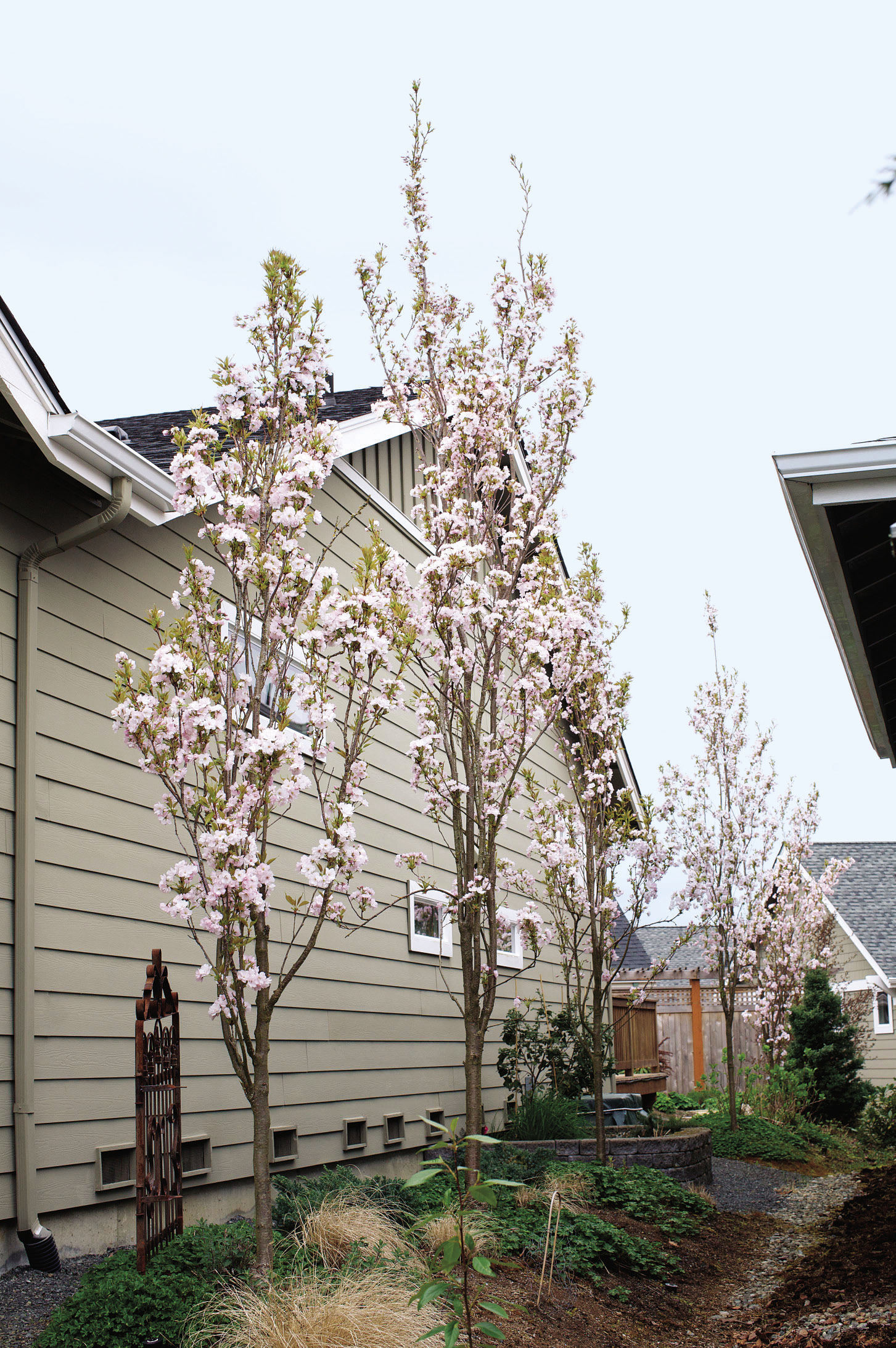
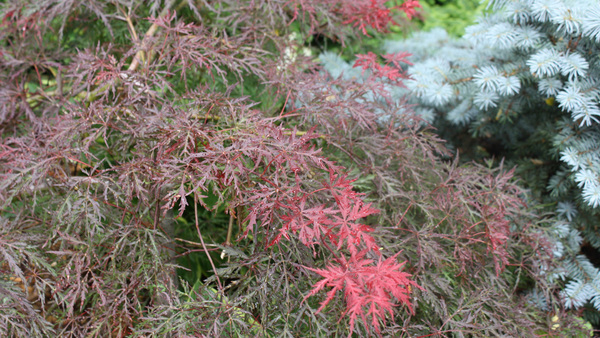
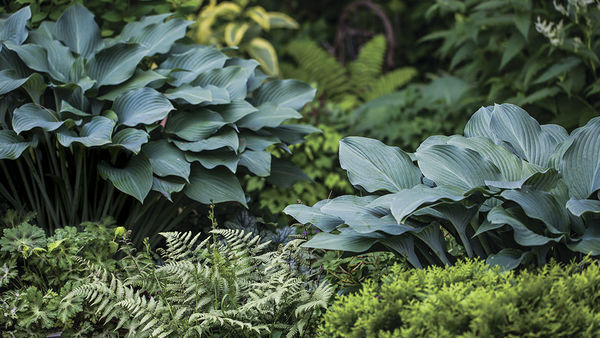

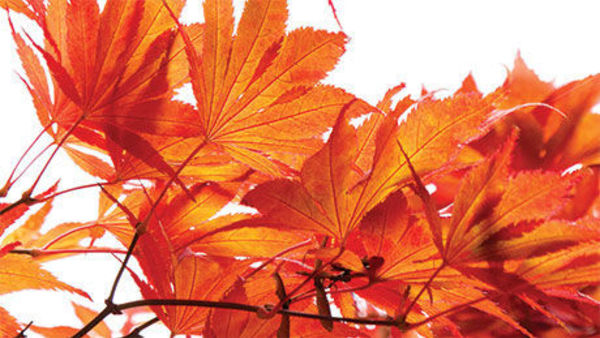













Comments
Log in or create an account to post a comment.
Sign up Log in